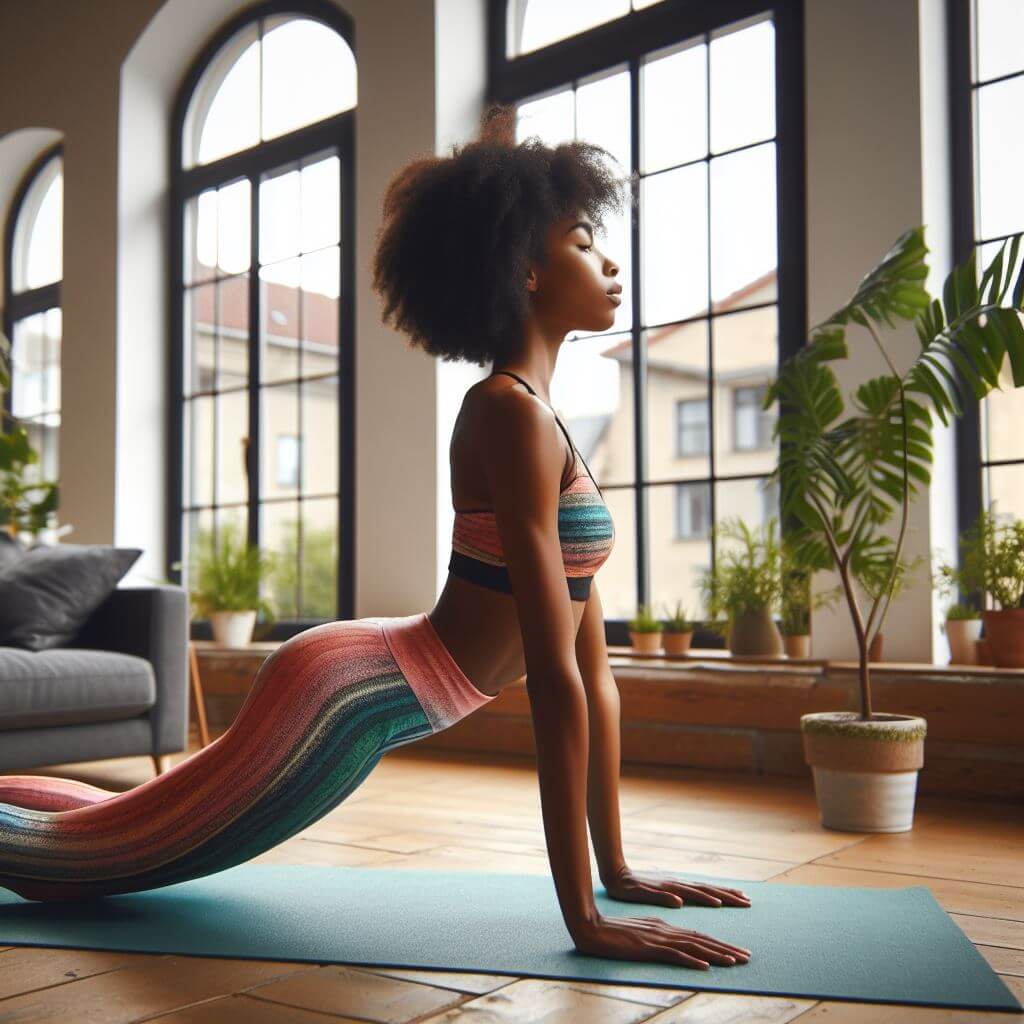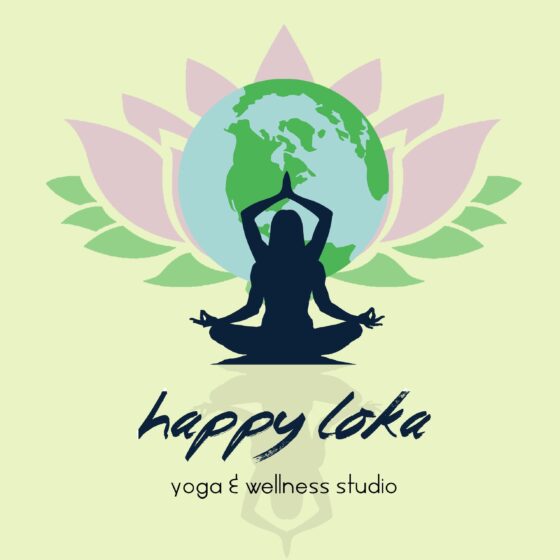Yin Yoga traces its origins back to the more serene aspects of ancient Chinese culture, drawing from the wisdom of Taoism and the detailed understanding of the human body seen in Traditional Chinese Medicine. Deeply-ingrained Taoist concepts of balance and harmony resonate through Yin Yoga practices, where the interplay of Yin and Yang is mirrored in every stretch and hold. Taoism teaches the importance of aligning with the cyclical flow of nature, balance, and recognizing the equal value of action and inaction—or, in the context of Yin Yoga, the value of stillness and surrender.
Developed in the late 20th century primarily by Paulie Zink, a martial arts champion and Taoist yoga teacher, Yin Yoga has since been advanced by prominent figures such as Sarah Powers, Paul Grilley, and Bernie Clark. These individuals have contributed to the body of knowledge that characterizes Yin Yoga today—a reflective practice predicated on long-held passive poses that allow practitioners to cultivate inner silence and self-awareness.
Yin and Yang, mentioned earlier, are the two dynamic qualities present in all life and inherent in the universe’s fundamental operations. Everything contains both Yin and Yang elements, which are constantly in flux, maintaining a delicate equilibrium in natural processes. Within the context of the human body and mind, Yin signifies the aspects that are more hidden and static—such as the bones, connective tissues, and restful states of consciousness—while Yang represents the more visible, dynamic aspects, like muscles, blood flow, and active thinking. Yin Yoga, therefore, focuses its attention on nurturing and revitalizing the often-neglected Yin parts of our being.
In opposition to the fast-paced Yang activities of modern life that emphasize external achievements and constant movement, Yin Yoga offers a haven for slowing down. The philosophy behind the practice is not just about balancing these energies in the body, but also about recognizing and respecting our intrinsic need for periods of rest and introspection. It confronts the notion that we must always be doing more, pushing harder, or striving for greater physical feats; instead, Yin Yoga proposes that profound strength and healing come from stillness and yielding to the present moment.
The principles of Traditional Chinese Medicine also play a significant role in Yin Yoga’s approach. According to these ancient principles, our life energy, or Qi, flows through the body’s meridian pathways, which correspond to various organs and systems. It’s theorized that slow and steady stretches utilized in Yin Yoga can help unblock potential obstacles in these meridians, thereby enhancing the flow of Qi and improving overall health and vitality.
 Yin Yoga recognizes that our emotional health is closely linked with our physical state. By engaging with poses that stimulate parts of the body related to specific emotions, practitioners can often experience an emotional release or increased awareness of their emotional landscape. As such, the practice becomes a holistic endeavor, addressing body and mind as a single, interconnected entity, and giving rise to an overall sense of wellness and contentment when practiced with consistency and intention.
Yin Yoga recognizes that our emotional health is closely linked with our physical state. By engaging with poses that stimulate parts of the body related to specific emotions, practitioners can often experience an emotional release or increased awareness of their emotional landscape. As such, the practice becomes a holistic endeavor, addressing body and mind as a single, interconnected entity, and giving rise to an overall sense of wellness and contentment when practiced with consistency and intention.
The Asanas and Practice
One of the most distinctive characteristics of Yin Yoga is the practice of holding asanas, or yoga postures, for extended periods of time. The gentle but persistent pressure exerted on the connective tissues during these long-held poses stimulates their growth and enhances their flexibility. This is at the very heart of Yin Yoga’s physical approach — a contrast to the muscle-centric focus of more dynamic yoga practices.
By targeting connective tissue, particularly around joints, Yin Yoga works to promote long-term health and mobility. The connective tissues in the body, which include fascia, ligaments, and tendons, respond to slow, steady loading by becoming stronger and more resilient. This loading is achieved through passive stretching, different from the active stretching of muscles practiced in Yang styles of yoga. These differences in practice underscore a key principle of Yin Yoga: to stress tissues in a way that is healthful rather than harmful.
Each asana in Yin Yoga is a journey into stillness. Seated and supine positions are prevalent, each selected to reach into different parts of the body. A hallmark of practice, for instance, is the ‘Dragonfly’, similar to a seated wide-legged forward bend, which targets the inner thigh and hamstrings, as well as the spine. Or ‘Sphinx’, a gentle backbend that stretches the abdomen and opens up the chest and lungs.
In these poses, gravity becomes the primary force. The goal is to find an edge — a place where the stretch is noticeable but not overwhelming. Once there, the Yin practitioner settles in, breathes, and simply allows time and gravity to deepen the pose. It’s here in the stillness where the practice unfolds. Muscles must relax for the intended stress on connective tissues to occur. This relaxation signals the body to safely extend its range of motion over time.
The props used in Yin Yoga function as aids to maintain alignment, provide support, and alleviate unnecessary strain. Bolsters cushion the body, blocks provide height or support under limbs or the spine, and blankets offer warmth and a soft base for joints. These props assist in maintaining passive postures over the course of several minutes, ensuring that the practitioner can yield fully into the pose without the body tensing up from discomfort.
Patience is key within the practice of Yin Yoga. Holding poses for extended periods can be challenging not just to the body, but to the mind as well. It is not uncommon for thoughts to surface and wander or for emotional discomfort to arise. It’s within these moments that the deeper practice of Yin unfolds, as one learns to observe and sit with these experiences, recognizing that they are as transient as the stretch in the muscles. This meditative aspect is integral to Yin Yoga; the stillness of body opens a doorway to a potentially rich realm of personal insight and growth.
Active engagement in the meditative process transforms the practice into a conduit for enhanced self-awareness and inner tranquility. Breathing techniques are often employed to draw focus inward and maintain a meditative state. The breath becomes a guiding force, accompanying the practitioner through each posture, encouraging release and surrender with every exhalation.
The Mental and Emotional Benefits
As we spend more time in each pose, we have the opportunity to encounter our habitual reactivity to discomfort and stress. While maintaining a posture for an extended period, feelings of restlessness or the desire to escape the position can arise. Yin Yoga gives us the space to observe our impulsive reactions to these feelings, offering us a chance to explore the deeper layers of the self and to practice mindfulness.
The extended time spent in each pose also enables us to sit with our thoughts, which can be both a challenge and a powerful way to practice mental and emotional release. With each exhalation, there is an opportunity to surrender, to let go of the tension in the body, and perhaps even more challengingly, to let go of the tension in the mind. This process of letting go encourages qualities of compassion and acceptance, both for yourself and for the experiences that arise during your practice.
Integrating Yin Yoga into Your Life
Yin Yoga can be practiced by anyone looking to balance a more active lifestyle or to complement an already vigorous exercise routine. Because of its meditative and introspective nature, it is also an excellent practice for those seeking mental and emotional equilibrium. It is ideal for times when you feel depleted or stressed, as it is a nurturing and restorative practice.
While a regular Yin Yoga class with a knowledgeable instructor can provide a structured and supportive environment for practice, Yin Yoga can also be practiced at home. Integrating even a few Yin Yoga poses into your daily routine can help foster a sense of calm and enhance your ability to cope with the complexities of daily life.
